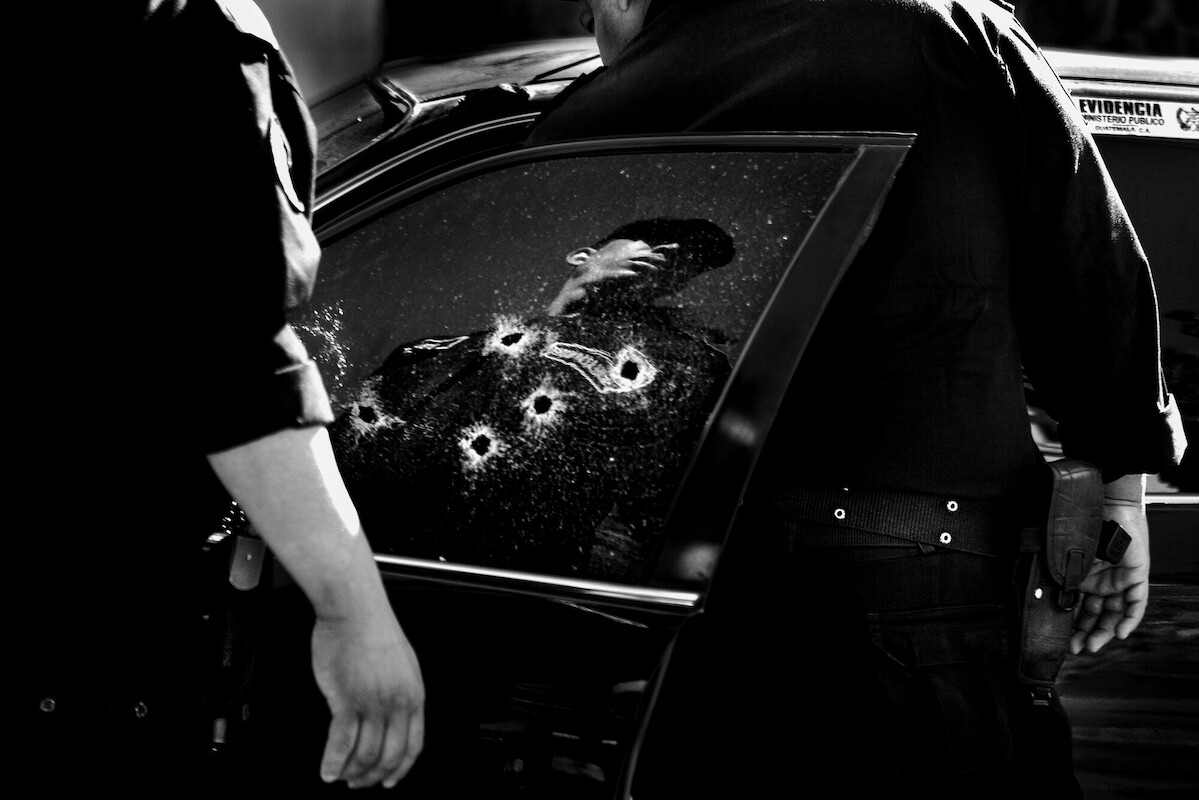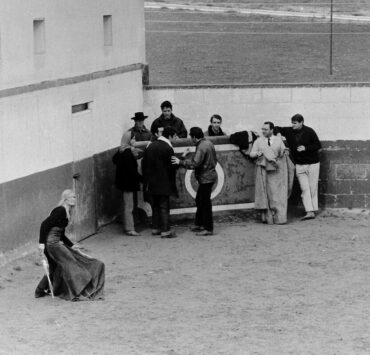Javier Arcenillas
In the middle of the route north of drugs and human trafficking, Central America is the new war zone for organized crime. Some gunmen come from the army and the police; others, of the poverty and inequality suffered by the continent.
The dreaded job of hit man is in high demand in certain regions of Latin America.
Despite the fact that their income is variable, the hired killers in Guatemala, El Salvador, Honduras and Mexico are recruiting innumerable young people, even minors, who are seduced by the ease of earning money that offers them respect and fear. In his training process, young people from the most consumed strata of society begin killing dogs and pets to loosen all their nerves.
In the professionalization of the subject to “graduate” the hitmen trained in the school of the most complex and abandoned areas of the Latin capitals, they have to assassinate a person on the condition that the situation implies risk. An example of the satire in a hitman’s career is demonstrated in another of his tests. Once he has killed his target, the murderer has to attend the victim’s funeral to verify that no one saw him committing the crime. Fulfilled with that the subject becomes a professional hitman.
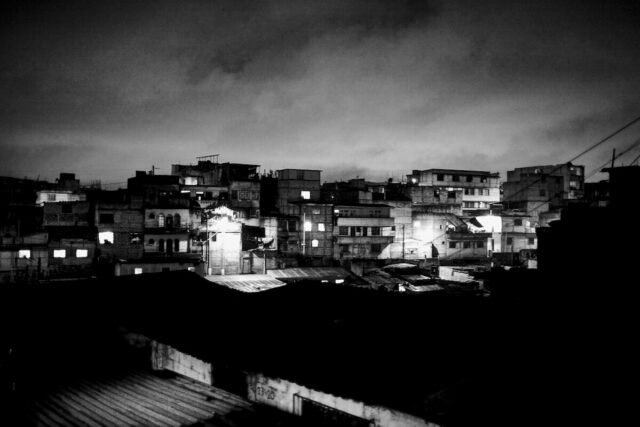
Currently, in the most affected areas, these unscrupulous young murderers earn that respect by intimidating bus drivers and small businesses where their language of death is heard from any block in the largest cities. While the most experienced assassins sell their time and professionalism to the most famous groups of Colombian or Mexican drug traffickers in a permanent open war for control of the borders for drug trafficking or illegal immigration.
In recent years there have been nearly 21,000 murders at the hands of hitmen in Latin America. Settling scores, drug trafficking, immigration or drugs are the companies where specialized terror services offer their guns, nerves and lives, since the average age of a young hitman from the most excluded areas is usually no more than 27 years.
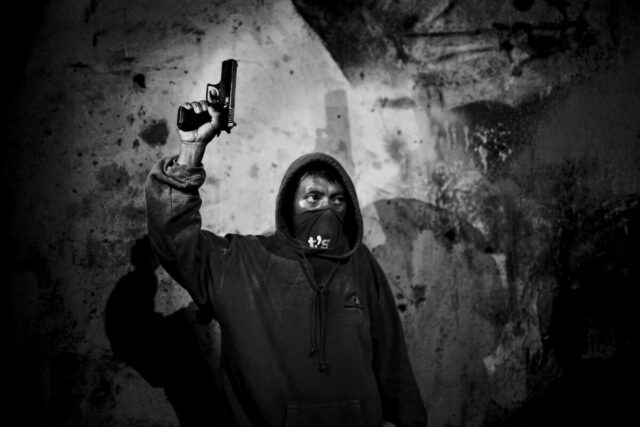
Personal challenge
I have been documenting violence for ten years where I have seen everything. I started the “Sicarios” project while I was working on a modest newspaper, “El Diario de Guatemala”, in which I was able to join thanks to several photographer friends who directed the graphic section. In the dynamics of the newspaper there was the realization of various topics, Politics, Society, Daily Life and Events. Without being a tabloid newspaper, I could see how dozens of people were murdered weekly. This was something that upset me because I didn’t know exactly many of the reasons that implied that violence. In a fit of journalistic logic and consulting with the management of the media outlet and with my colleagues, I decided to carry out research on several murders produced by Sicariato. All this led me to discover a world of violence and death that I never would have thought would unfold in such a way, much less in front of my camera.
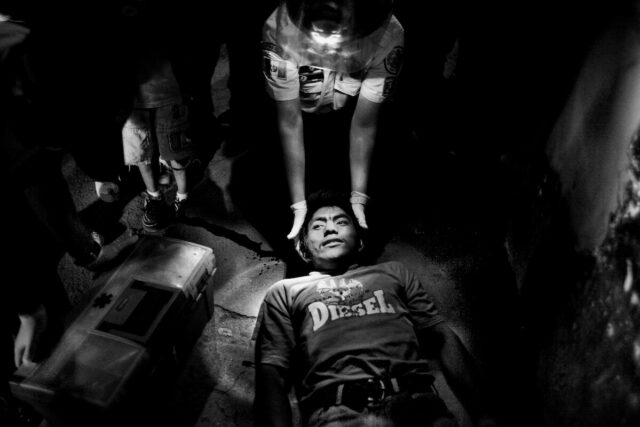
The first contact with one of them took place almost three months after I started making my first red notes (the red note is information where there is a port with violence). Thanks to one of my fixers who worked with the newspaper, he put me in contact with a group of Sicarios who lived in the vicinity of zone 5 of Guatemala City. What I found were young men and teenagers with guns who agreed to talk to me over some pizzas and a bottle of tequila. With something so simple I spent weeks documenting them and getting to know them. Thanks to them and other colleagues who introduced me in the years to come to various echelons in the chain of professional killers, from soldiers working for cartels to law enforcement instructors who kill, from ex-military to simple jackals.
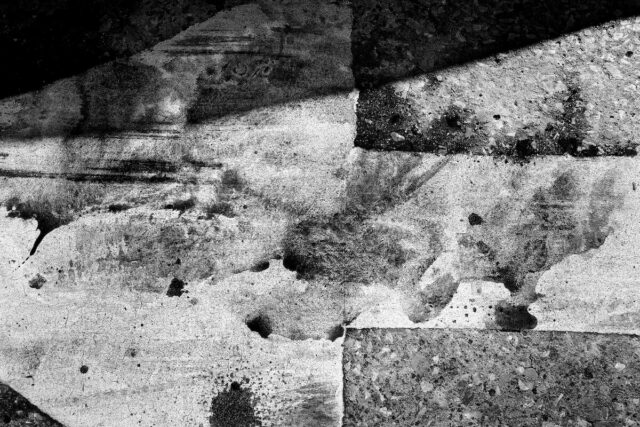
Telling the story of the Sicarios marked me a lot, it’s difficult to explain. We are talking about professional murderers, characters who “openly” recognize that their role in society is to take a person’s life. In a conversation, one of them spoke to me about the real responsible for each death, he told me verbatim: “You think I’m the murderer but that’s not true, I’m just the tool, the “asshole” who pays me is the real killer!” That platonic statement made me think a lot about my work and how I was telling it, it made me reflect in a less frivolous way on everything I was photographing at that moment. I realized that these murderers are the product of a troubled and complex society that needs a lot of help to get out of its own darkness.
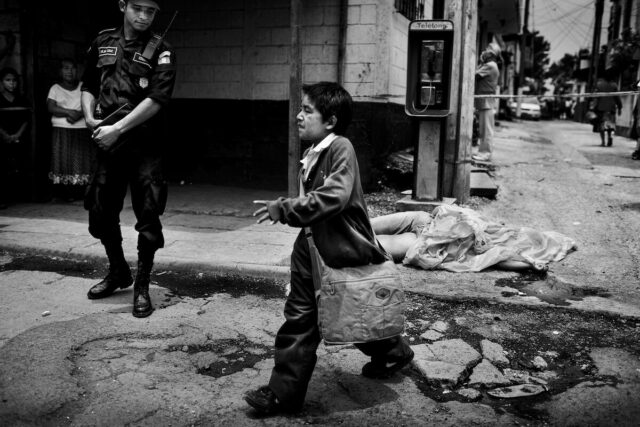
About the Author:
Photographer and editor, Javier Arcenillas has a degree in Evolutionary Psychology from the Universidad Complutense.He studied Cinema at the Madrid Film School, graduating in Cinematography and Directing; and photography with Fernando Herráez and Manuel Sonseca.
His photography belongs to the Emotional Documentary Movement where he explores Psycho-Sociology in the concepts of Truth and Relativity.
He works collaborating in his beginnings for Marca and local newspapers. He was part of the staff in the second period of Diario 16 and was a member of the defunct agency COVER. He publishes periodically with El País and El Mundo, El Periódico de Guatemala, Gatopardo, CNN or L´expresso. Since 1994 he has been working as a photographer for the Alcobendas City Council.
Javier Arcenillas is currently a professor of Contemporary Landscape, Architecture and documentary photography at the PICA school.
Gear:
Camera: Canon EOS 5D Mark II
Websites:
instagram.com/javierarcenillas

